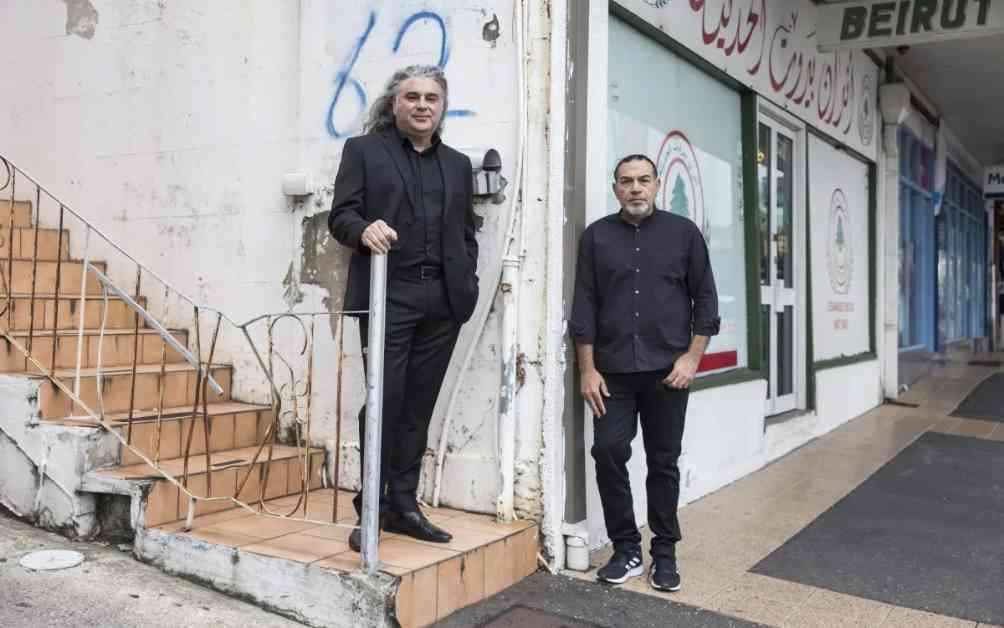Outcry Over Australian Pavilion Cancellation: Impact on the Arts World
The recent uproar surrounding the cancelation of Khaled Sabsabi as Australia’s representative at the prestigious Venice Biennale has sent shockwaves through the arts community. This controversial decision, made by Creative Australia, has sparked heated debates and resulted in a wave of resignations within the organization. The fallout from this move has exposed deep rifts and raised questions about censorship, artistic freedom, and the role of politics in the art world.
A Dark Day for Australia’s Art Scene
The controversy began when a past work by Sabsabi, featuring the likeness of a Hezbollah leader, was brought to light by the Australian newspaper. This revelation led to Sabsabi and his curator, Michael Dagostino, being dropped by Creative Australia. The decision was met with swift backlash, with many in the art world deeming it as a form of censorship and creative suppression.
In a joint statement on social media, Sabsabi and Dagostino defended their work, emphasizing the importance of artistic expression and the need for artists to reflect the times they live in. They expressed their belief in the power of art to bring people together and drive social progress, despite the setback they faced.
The Fallout and Resignations
The repercussions of Sabsabi’s cancelation were felt deeply within Creative Australia, with two prominent figures within the organization resigning in protest. Mikala Tai, who led the visual arts operations, and Tahmina Maskinyar, a program manager, stepped down in response to the controversy. This series of events underscored the divisions within the art world and highlighted the challenges faced by artists in navigating political and social landscapes.
Renowned investment banker Simon Mordant, who had previously commissioned the Australian Pavilion, also distanced himself from the exhibition, citing concerns about the organization’s decision. Mordant’s withdrawal underscored the gravity of the situation, with the art world reeling from the fallout.
A Call for Unity and Support
As news of the cancelation spread, artists and art organizations rallied behind Sabsabi, calling for his reinstatement and decrying the decision as an affront to artistic independence and freedom of expression. Five artists shortlisted for the 2026 pavilion penned an open letter in support of Sabsabi, emphasizing the crucial role of the arts in shaping national dialogue and identity.
International artists also voiced their solidarity with Sabsabi, condemning Creative Australia’s decision as an act of fascism. The global outcry highlighted the interconnectedness of the art world and the importance of standing up for artistic integrity and freedom.
Impact on the Australian Art Scene
The cancelation of Sabsabi’s representation has raised concerns about the future of the Australian art scene and the integrity of arts funding. Organizations such as West Space and the National Association of Visual Arts have expressed apprehension about the implications of the decision, warning of the long-term consequences on artistic practice and cultural discourse in the country.
As the dust settles on this contentious issue, the art world is left grappling with questions of censorship, artistic autonomy, and the role of politics in shaping creative expression. The repercussions of this decision are likely to reverberate throughout the Australian art scene for years to come, underscoring the complex interplay between art and society.












